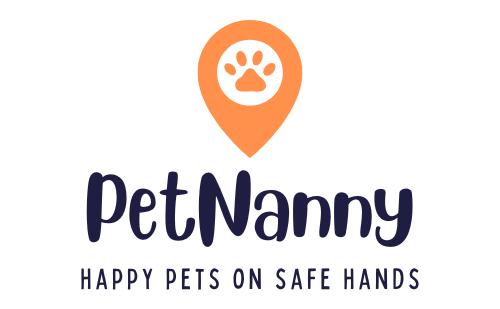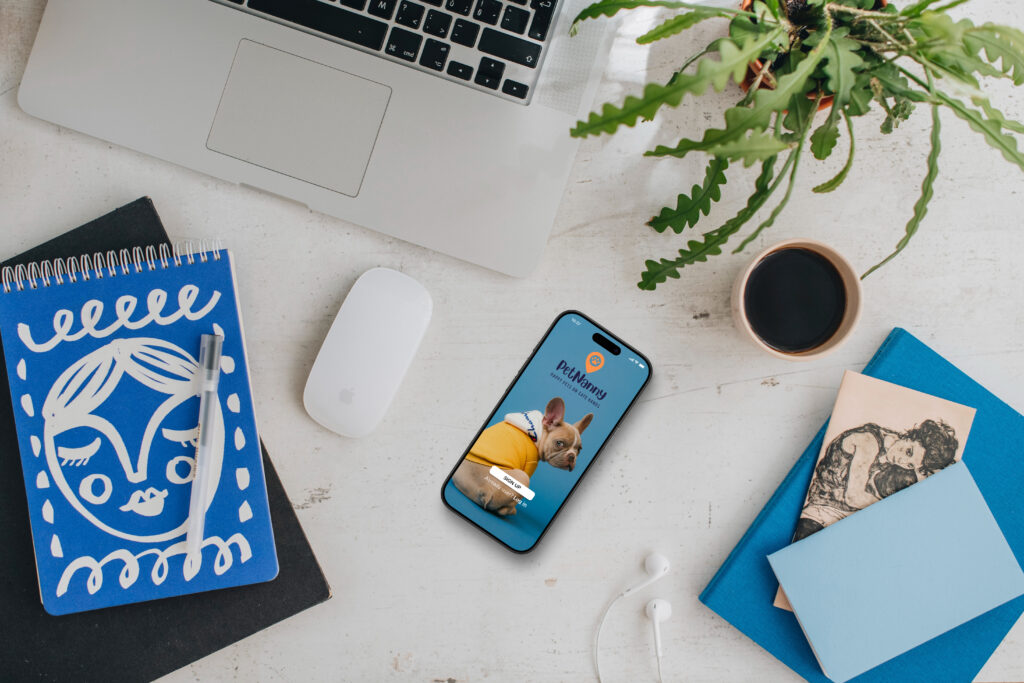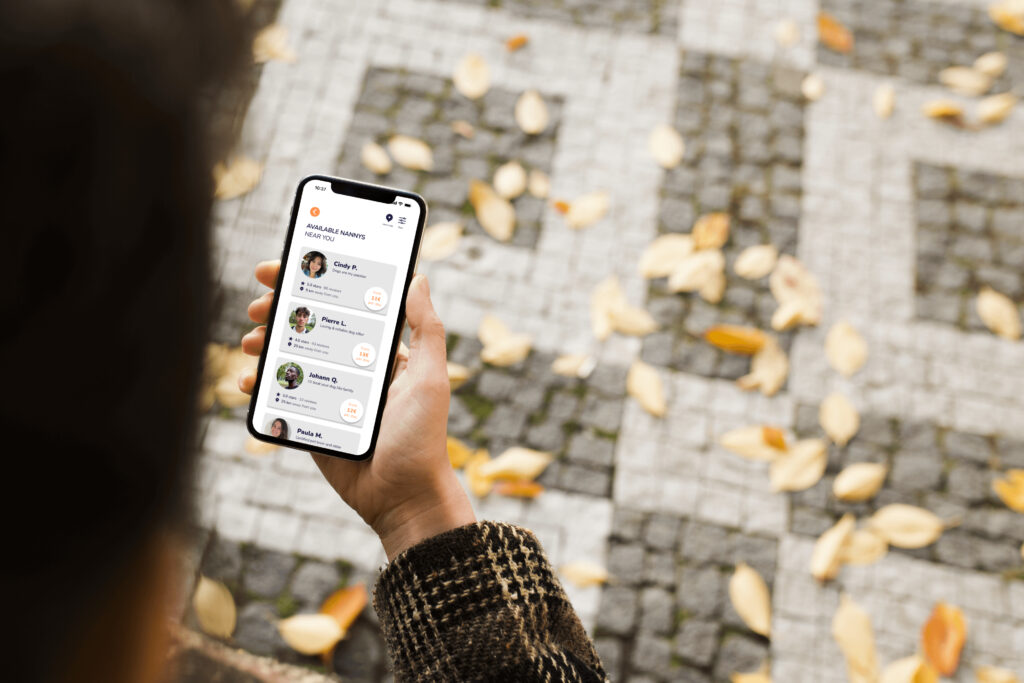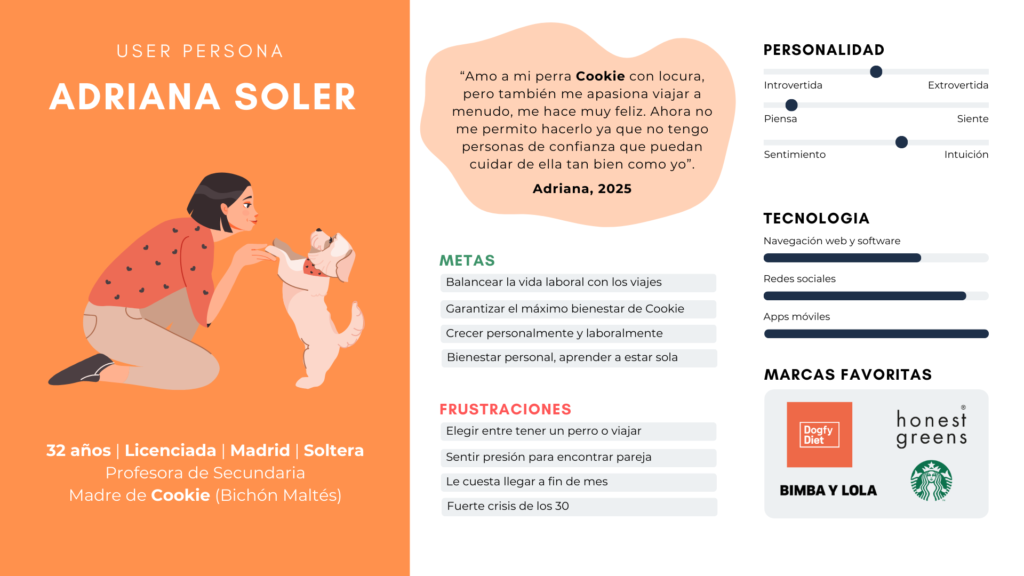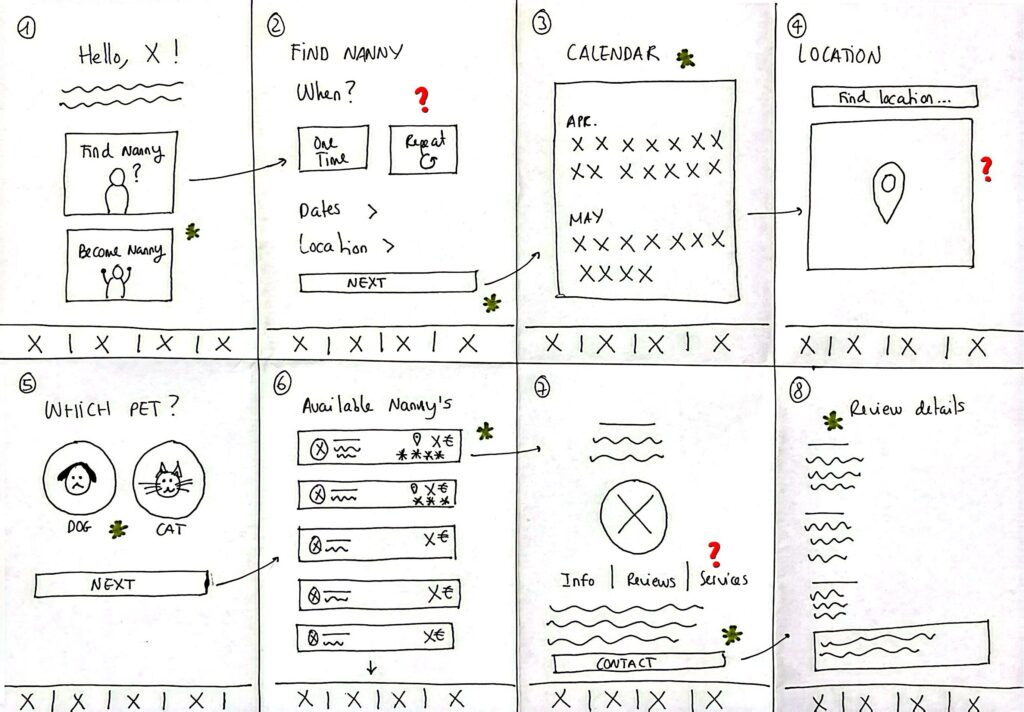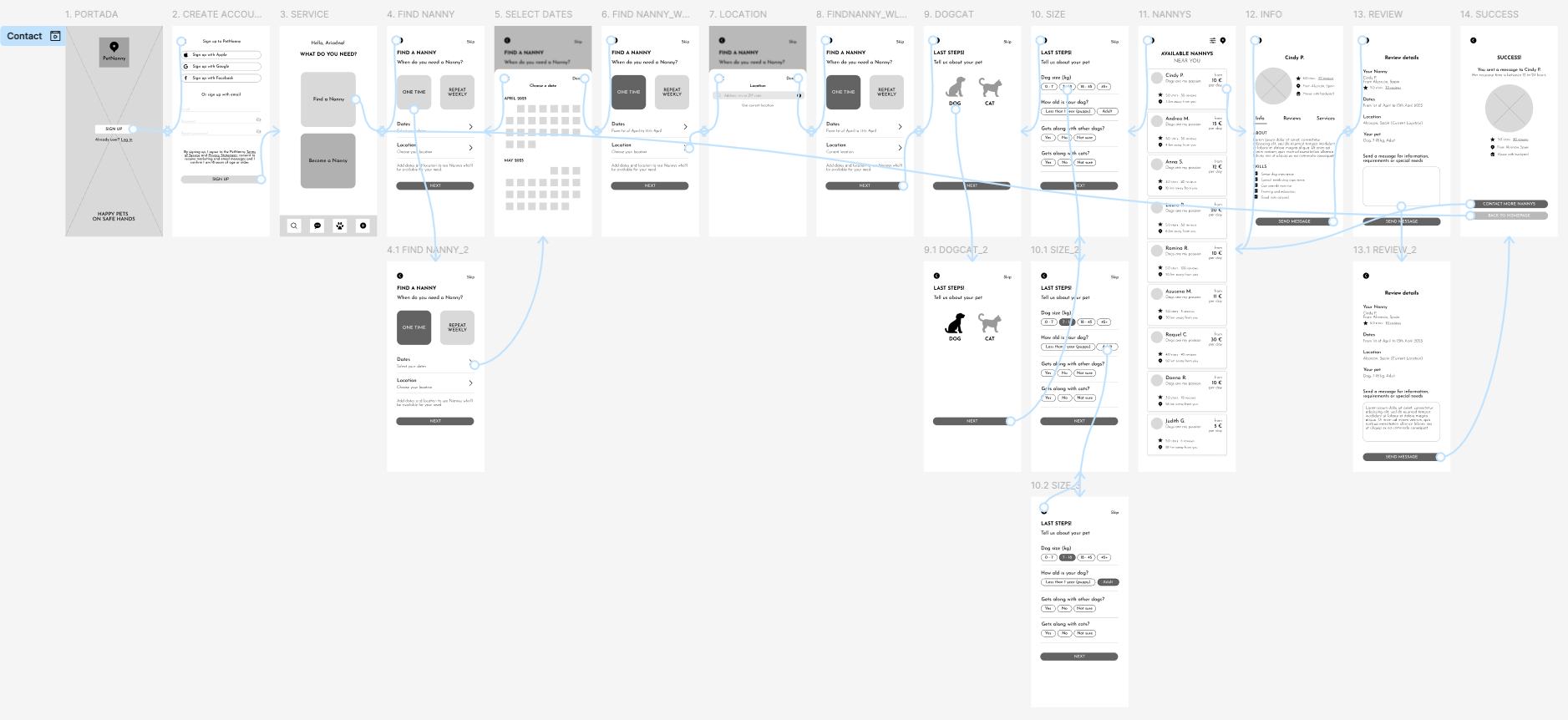People are traveling more frequently, and with that comes the need to leave their pets in the care of someone they trust. Traditional options like dog boarding facilities are often impersonal and expensive. On top of that, finding reliable sitters isn’t always easy or safe.
PetNanny was created to meet that need: offering a friendly, transparent, and easy-to-use service that connects trustworthy sitters with responsible pet owners.
